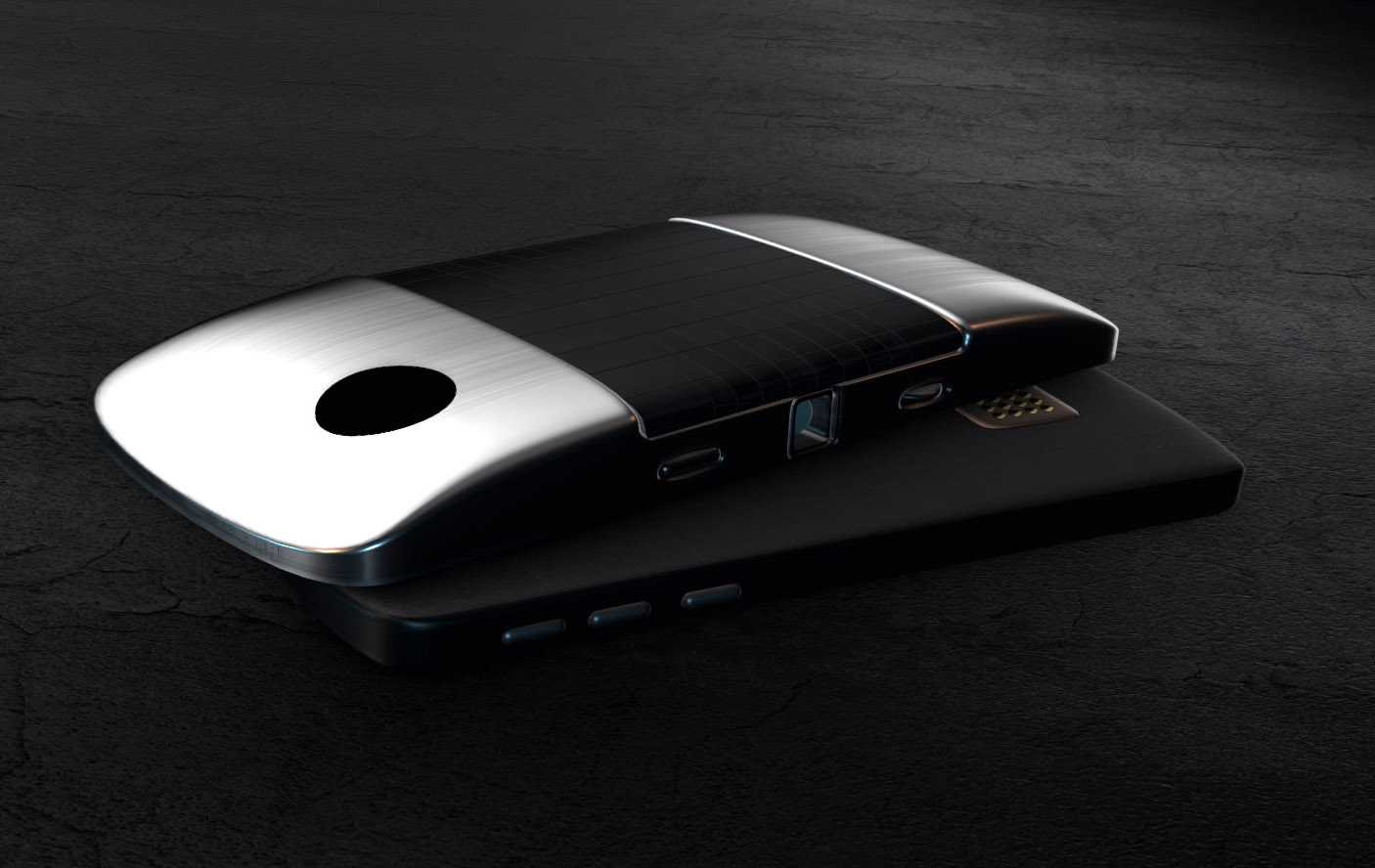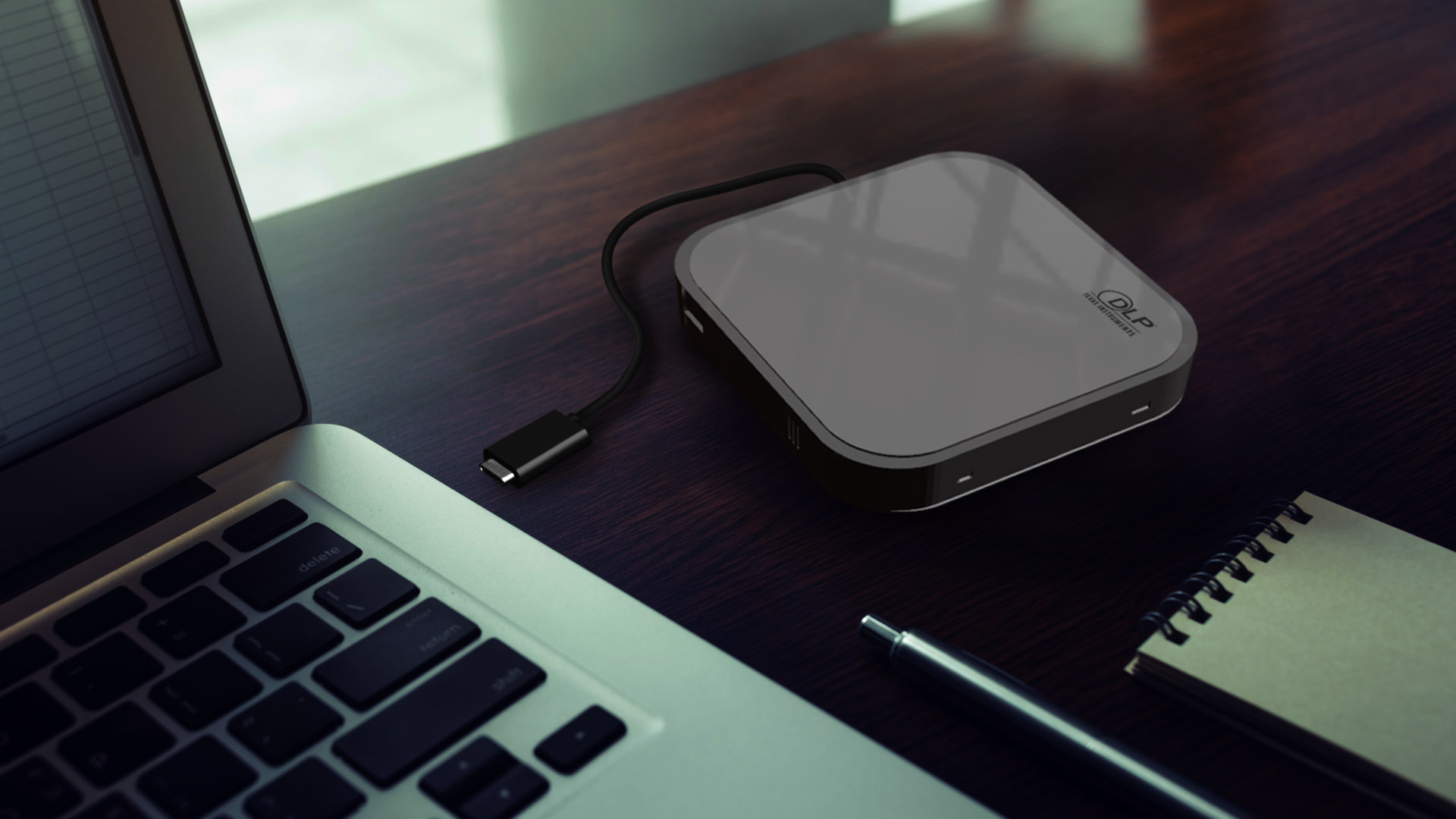DLPY011 September 2022 DLPC3430 , DLPC3432 , DLPC3433
- At a glance
- Authors
- 3
- Smartphone companion projectors: a big-screen experience, anywhere
- Smartphone companion projector benefits
- Technological advancements impacting smartphone companion projectors
- TI DLP Pico technology
- RGB LED illumination
- DLP Pico technology for smartphone companion projectors
- Smartphone companion projector design and tradeoffs
- Size and weight
- Brightness
- Resolution
- Battery life
- Connectivity options
- Product development and supply chain
- Conclusion
Connectivity options
Connectivity between a smartphone companion projector and a mobile device, such a smartphone and tablet, is a key design consideration. Connection methods include:
- Wireless connectivity – Many smartphones, tablets and laptops have wireless connectivity standards that a smartphone companion projector can incorporate. For example, Android phones (see Figure 11) and tablets use Google Cast, while Windows 10 PCs use Miracast.
- Modular attachment – It is
possible to design a smartphone with an external electronics interface to enable
modular attachments (see Figure 11). A modular attachment makes connecting a smartphone companion projector fast
and easy, with the potential for convenient features such as automatic power-on
and battery power-sharing between the two devices.
 Figure 11 Modular
projector.
Figure 11 Modular
projector. - Built-in cable – If wireless connectivity or a modular connection is not possible, a built-in cable can provide a quick and easy connection to a phone. For example, it is possible to hide a permanently attached USB Type-C® or micro-High-Definition Multimedia Interface (HDMI) cable in a compartment or slot on the side of the product that users can pull out quickly.
- USB Type-C – The USB Type-C
interface can deliver both power and data over one cable with a small,
reversible connector (see Figure 12). A smartphone companion projector with a USB Type-C interface can not only
receive video; it can also can receive power from some mobile computing devices,
enabling a compact and lightweight battery-free projector design.
 Figure 12 USB-C can support both
video and power output to a smartphone companion projector.
Figure 12 USB-C can support both
video and power output to a smartphone companion projector. - HDMI – HDMI is the current standard for wired video interfaces and is found on most projectors today. Many mobile computing devices can either directly output HDMI or do so with an adapter. HDMI ports can also accommodate popular streaming sticks, such as Chromecast, Amazon Fire TV or Roku, turning a standard smartphone companion projector into a mobile streaming display.